IN PRINT: The San Miguel Scenius
For 'The Maritime Edit' Magazine
I was published in print for the first time in 2016. That’s when I found my voice, as it were. Or maybe better - when I found my style. I told the story of historic floods in my hometown and juxtaposed them with the cultural tide, changing and flowing rapidly at the same moment as those floods. Both worlds collided in an unexpected way and that excited me. I pitched the story and it went well. The editor of the magazine liked it and they’ve given us a very long leash ever since. Creatively, that’s a real blessing.
In the latest issue (on shelves now) Mark Hemmings and I tell the story of the San Miguel Scenius - an unexpected connection between people and place that took us to the Bajio Mountains of Mexico’s interior.
If you like the espresso shot below, consider subscribing or buying the magazine.
There’s nothing quite like print.
The San Miguel Scenius
Seven stories above Mexico City at night. Centro Historico. The famous Palacio de Bellas Artes. Its spire caged in scaffolding. Renovations of some kind. Jacarandas only just in bloom (they wanted Cherry Blossom but got Jacarandas). The park is full. Everyone on foot. It smells sweet-and-sour. A combination of smog, sunset and metropolis. Twenty-three million people. The high-brow condos of the nuevo-riche push the smaller, concrete homes into the foothills that surround it. The feeling of an infinite fishbowl.
I am not in New Brunswick anymore. Not even close. This isn’t Halifax. It’s not Charlottetown, and it certainly isn’t St. John’s. This is Mexico City. The one and only.
“…in seconds I had stepped into a foreign country – the aroma and sizzle of street food, the strumming of guitars, the joshing of hawkers…”
Down in the Palacio, I finally see what this story is about. I can feel it for the first time.
Standing in its main room, looking up at the work of one of Mexico’s tres grandes, muralist Diego Rivera, I’m transported to a different time. I can see Fred Ross, one of New Brunswick’s treasured artists visiting Rivera, and I can see how the latter would go on to mentor the former: the inception of a life-long friend and mentorship. Fred Ross would later become known as Canada’s Mexican Muralist and generations of maritime artists would flock to Mexico, seeking the same inspiration that he found in its stone walls and busy streets.
But I was, in fact, not in Mexico for Mexico City. At least not in any literal sense of the term there. I was there for the mountains “…and that vast space- that Mexican landscape – squalid and lush and primal and majestic.” For San Miguel de Allende, in tow of two of New Brunswick’s famous photographers…
Mexico City - 48 Hours Earlier
From 30,000 feet at midnight, Mexico City is an ocean of light against a dark façade of rugged mountains. I’m aboard Air Canada 995, in seat 23F, trying to get a grip on its enormity. Trying to take the measure of it all, like I’ve taken the measure of other great cities before it. I can’t somehow and it unnerves me.
Lights in the foothills to the East, directly below. A sea of light to the West, as far as West goes. Scale that boggles the mind. Twenty-three million people, all scurrying about doing the human work that humans do. It isn’t the in-your-face-go-fuck-yourself huge of New York City. It’s unending sprawl that gives the illusion of a region more than a city. In many ways it is.
I step out of Terminal 2 five minutes after 1:00am. At home, in the South-Eastern coastal region of New Brunswick, it would be cool and quiet, and the air would be salty. Quiet doesn’t seem to exist here and the air is unique, like it is anywhere. Sometimes it’s the heat. Sometimes it’s the smog. Sometimes it’s the altitude. In Mexico City, it’s a combination of them all, infused with the unique sensory assaults of Mexico’s largest metropolis and one of the world’s great cities.
I start here because I needed to know Mexico and it’s impossible to know her without knowing Mexico City. The problem is, like other remarkable cities (New York again), you could spend a lifetime trying to know Mexico City without ever scratching the surface.
The average age in Mexico is 29 – the youthful fabric of a strong, resilient, diverse, complicated people. Famous equally for their artists as their fighters (figure that one out). Frida Kalo and Julio Cesar Chavez both make complete sense to me as two of the many faces of Mexico. The artist and the warrior.
The former, Frida Kalo, Diego Rivera, Jose Celemente Orozco, Siqueiros, and famous works like Self-Portrait with Thorn Necklace and Hummingbird. The latter, Julio Cesar Chavez ‘El León de Culiacán’ pummeling Greg Haugen in front of 132,000 people at the famous Azteca Stadium, fighting for Mexican pride and their rightful place in professional boxings storied history. Two truths, one country.
I decide it isn’t possible to know Mexico City. Not really. Not as an outsider anyway. Naturally, every city and every place evolve over time. Your ability to know that place, much less judge that place for its beauty and flaws, comes only with time. It comes only with experience.
Books are the closest we can get because they let us go the deepest, but even then, you don’t feel it. You can’t taste the gorditas at San Miguel’s Tuesday Market. You don’t know how crisp the air is at sunrise when Mexico City’s (many) endurance athletes hit the historic district. You don’t know what the croissant almandre at Cumpanio tastes like.
Like all things meaningful “The country eludes the generalizer and summarizer; it is too big, too complex, too diverse in its geography and culture, too messy and multilingual…”
Other writers have tried, and failed, to accurately capture it. Many of them. Scour the pantheon of the great writers and all but a few have never been to Mexico. Maybe because, in Mexico, there is so much to say. “Mexico has been lucky in the eminence of its visiting writers, and though they all see something different, Mexico invariably represents for them the exotic, the colorful, the primitive, the unknowable.”
Theroux tried. “Mexico is not a country. Mexico is a world, too much of a mundo to be wholly graspable, but so different from state to state in extreme independence of culture and temperament and cuisine, and in every other aspect of peculiar Mexicanismo, it is a perfect example of thatness.”
Kerouac tried. “We had finally found the magic land at the end of the road, and we never dreamed the extent of the magic.”
Rebecca West tried and put together a series of short pieces that managed to be ‘…sometimes spirited and insightful.”
Graham Greene tried and came away with an “…almost pathological hatred…” of the place. Something that strikes me as bordering on impossible. I blame Graham entirely.
Mexico City bleeds North-West, east of Michoacan and west of Hidalgo, paving the way to our true destination – San Miguel de Allende, in the Bajio Mountains of Guanajuato State. A pilgrimage that some of New Brunswick’s most cherished artists have made since the early years of World War II.
I intend to find out why…
‘Arrieros somos y en el camino andamos – All of us are mule drivers, headed down the road.’
- Paul Theroux
See you on the path.
-MG


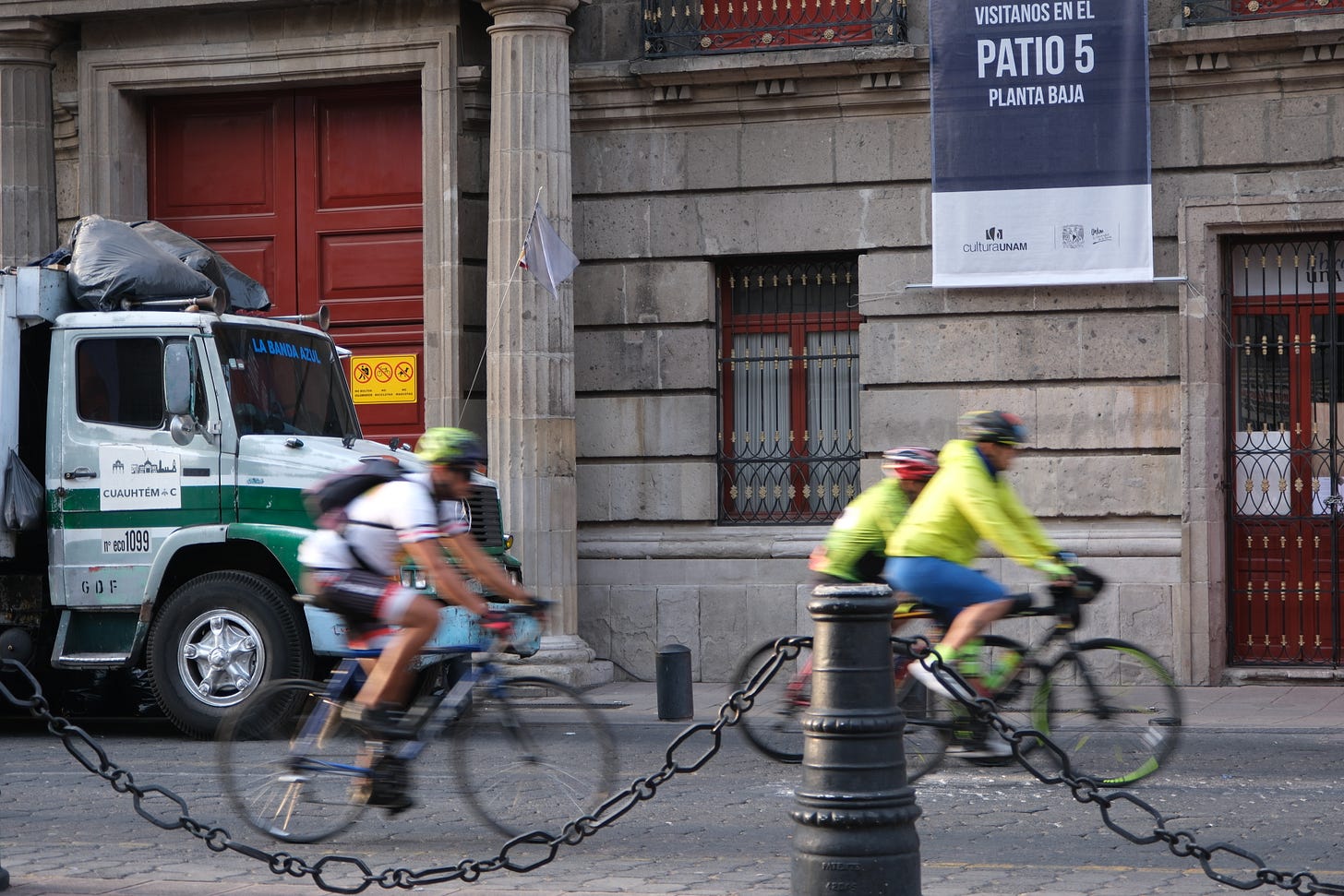

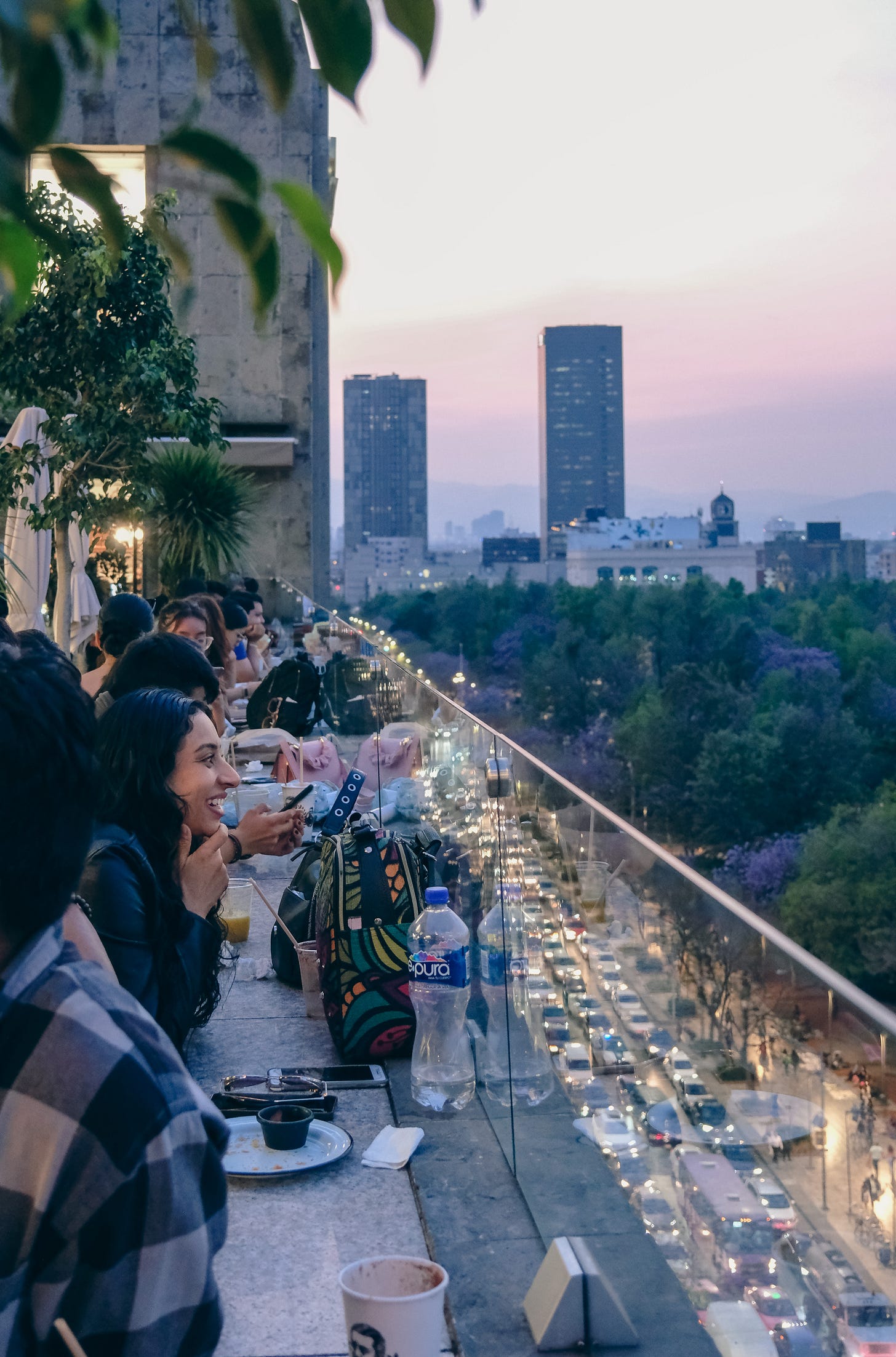
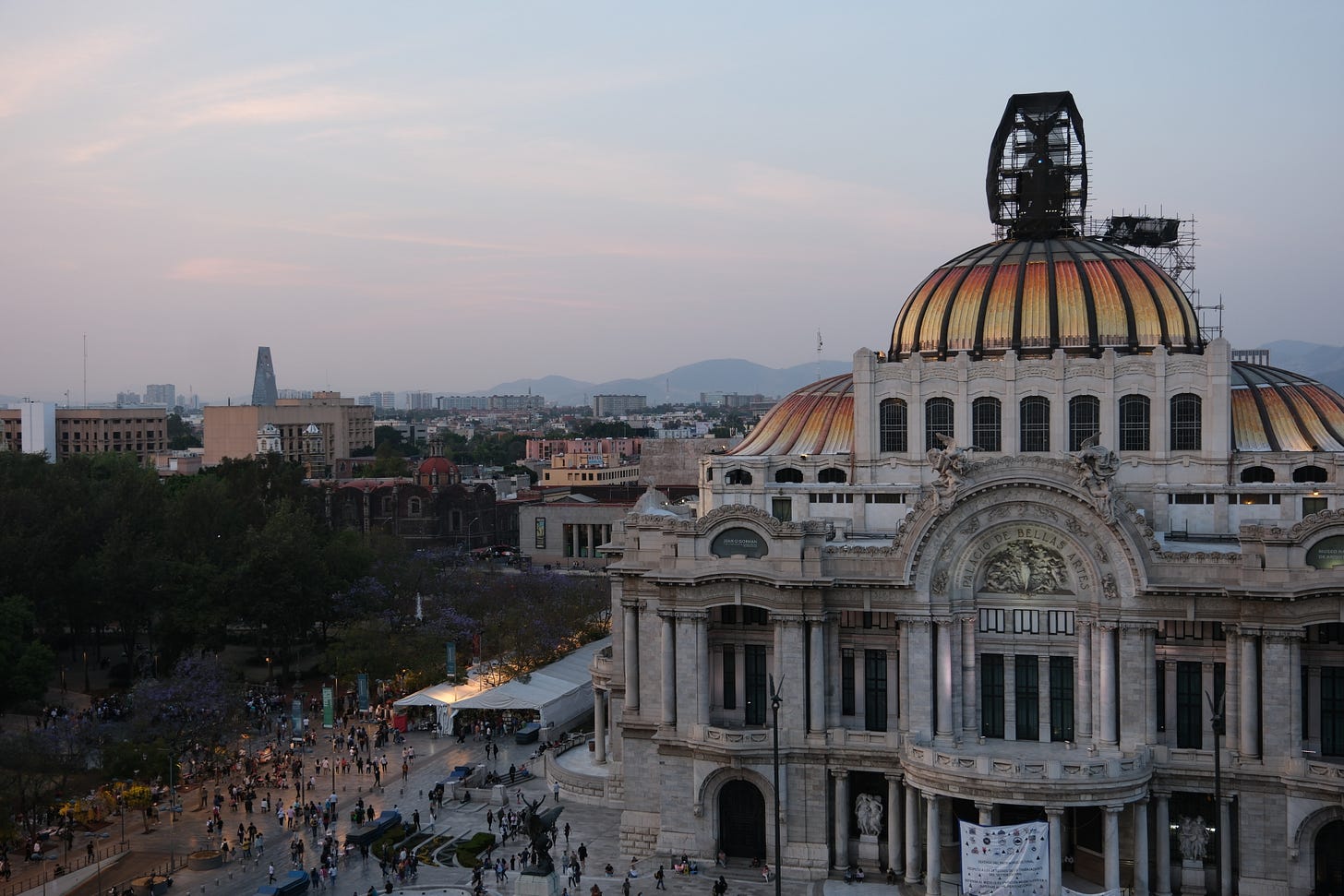
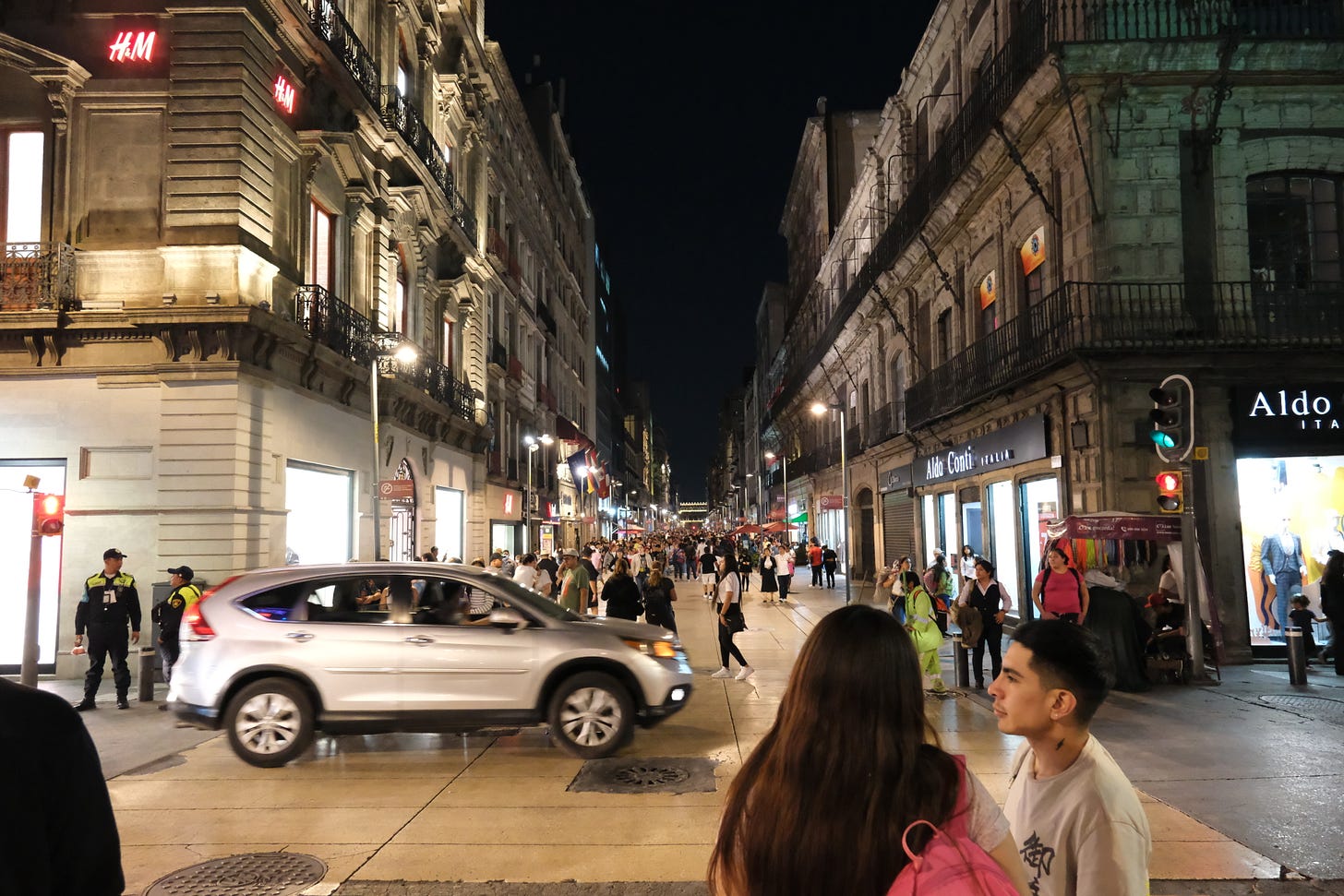
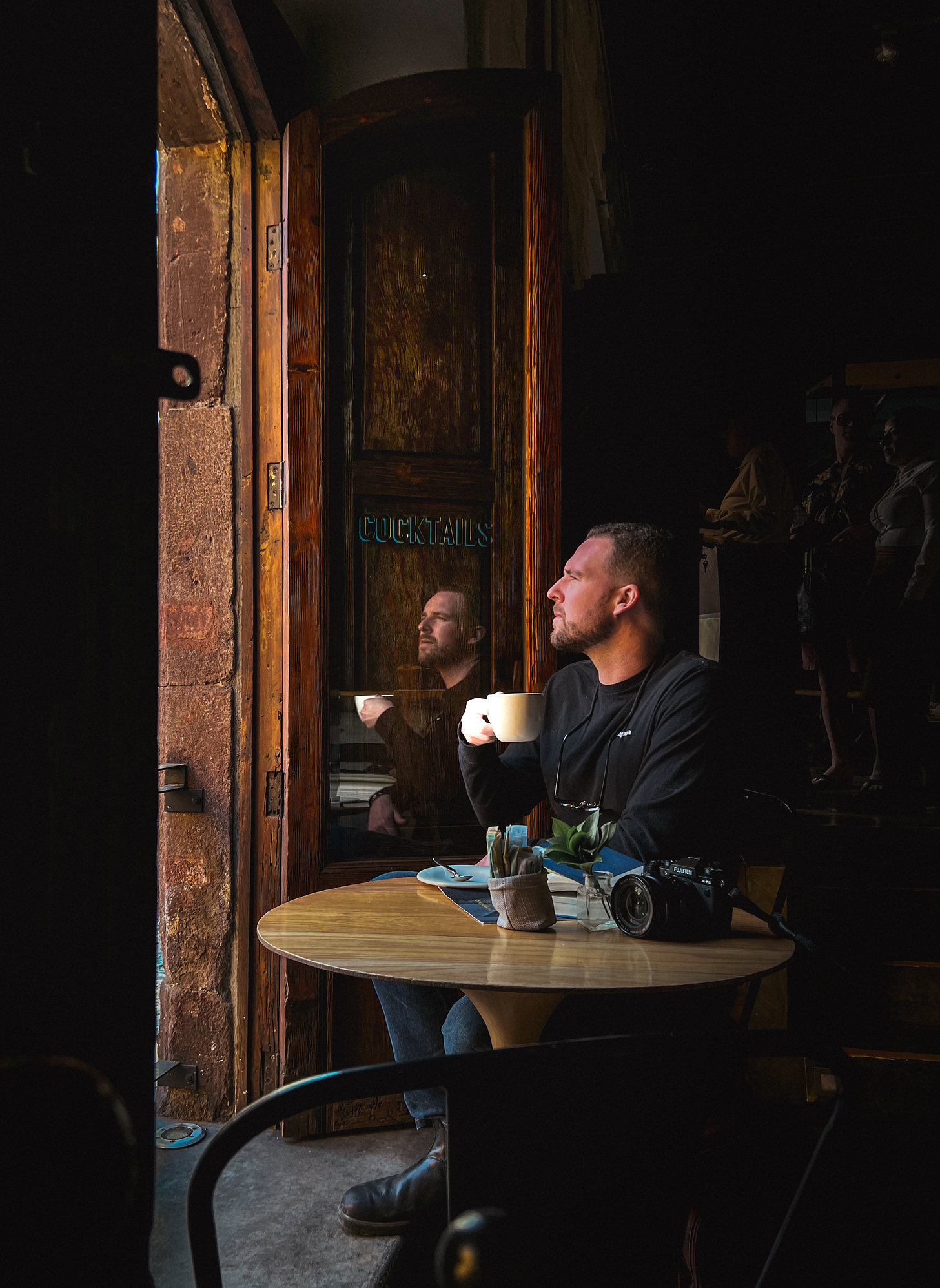
Great memories! I enjoyed this Matt